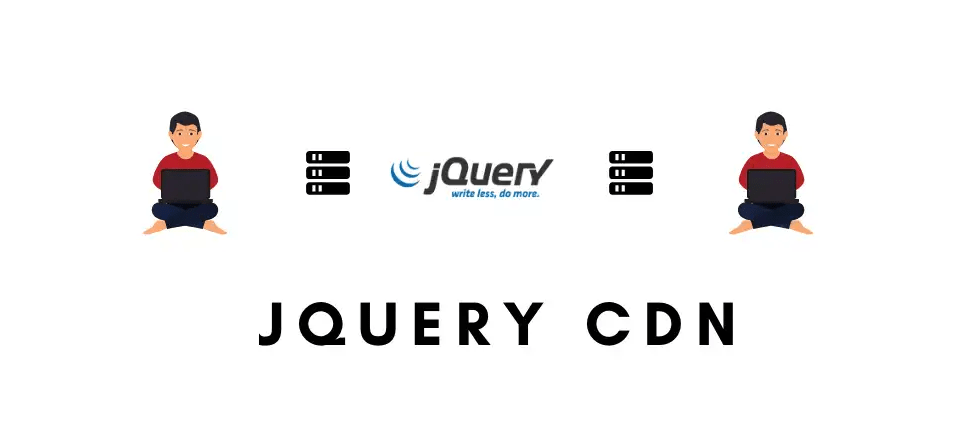Migrate jQuery 3.3 1 To A CDN (For Better Performance)

jQuery 3.31 was released in 2018 to fix a few bugs that were present in major release 3.3.0. Though it might a bit old, this version of jQuery still powers many websites that were built around that period. However, CDNs were not as popular back then as they are now so you might need to check if it is possible to change where you are getting your libraries and other from for better performance.
How jQuery Impacts Your Websites’ Performance
jQuery is mainly used to add fronted functionalities such as animations, carousels and other dynamically loading pieces of content. Due to this, there is a big chance that a significant chunk of processing power and bandwidth is spent on loading jQuery alone on your website. In fact, it’s very easy to overdo jQuery, especially if you are a new developer and end up having a slow or buggy website.
How to Speed up jQuery Loading
Having a lightweight website has many advantages, yet jQuery can quickly become an impediment towards that goal especially if you are stuck with an older version like jQuery 3.3.1. In fact, some well-documented issues and bugs have dogged this version since its release. Here are some of the things you can do to speed up jQuery loading on your visitors’ websites regardless of the devices or connections they are on:
Use A Content Delivery Network (CDN) To Load jQuery
It might have been impossible or expensive to use a CDN back when jQuery 3.3.1 was released, meaning the entire library could still be hosted on your servers. One of the ways you can improve jQuery loading and your website’s performance is to move jQuery to a CDN. A content delivery network makes it faster for client browsers to load libraries like jQuery because of the way they are designed.
How A CDN Can Improve jQuery Performance
A content delivery network keeps copies of the libraries (such as jQuery 3.3.1) and even entire website caches on a number of servers spread across different geographical locations. This kind of setup has many advantages among them:
High availability- Your visitors will always have access to your website wherever they are and regardless of the connection or device, they are using.
Browser caching- If you are using a CDN-hosted copy of jQuery 3.3.1, all the requests made for the library usually go to the CDN. Eventually, modern browsers such as Chrome will download the most popular libraries into a local cache thus leading to even faster page loads.
It saves you space and processing power- You don’t have to worry about running out of space or straining the processors on your primary server by having to store and load libraries like jQuery. Moving these libraries to a content delivery network will save you a lot of space and processing time over time.
How to Move jQuery 3.3.1 To A CDN
If you are currently running 3.3.1 on your website, then you are probably looking at ways to speed up your website by migrating it to a CDN. You could also achieve the same results by signing up for website CDN service that includes serving all the assets you have on your website or web application.
There are two ways you can migrate jQuery 3.3.1 to a CDN. The first method involves changing the script tags at the top of all HTML pages that are using jQuery. To do this, locate where the locally hosted jQuery file is referenced in the script tags and change it to a CDN-hosted URL as shown in the following code snippet:
<head>
<script src="LINK TO CDN-HOSTED jQuery file"></script>
</head>
Some older websites may have the jQuery script tag at the end of the HTML page so be sure to look for it there if you can’t see it at the top. Also, make sure that you have done this for all the HTML files using jQuery.
The second method is to put your website behind a content delivery network. This might involve changing your nameservers to point to your CDN as opposed to your hosting server.
Other Ways to Improve jQuery Performance
Optimize your jQuery code
Use minified versions and utilize caching in your code
Use the latest version of jQuery if possible
Use HTML5 AND CSS animations where possible
All in all, there is so much you can do to get the best performance out of older libraries such as jQuery 3.3.1. Having a CDN in the mix will definitely go a long way in helping you achieve that goal.